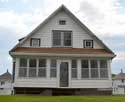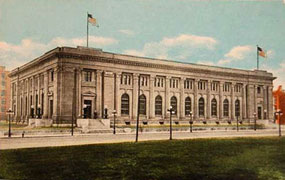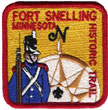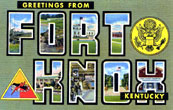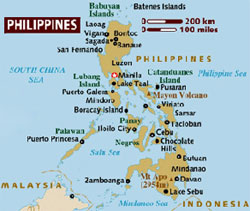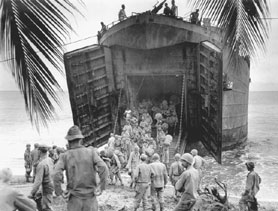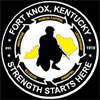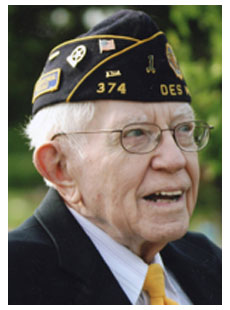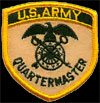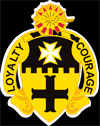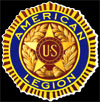| North
High School Wall of Honor Robert "Bob" John Wallace Would have graduated in Class of June, 1943 (transferred from North and graduated from West High) |
Wallace | ||||||||||||||||||||||||||||||||||||||||||||||||||||||||||||||||||||||||||||||||||||||||||||||||||||||||||||||||
| Research done by Claradell Shedd, class of 1953. PAGE IN PROGRESS. Get correct pictures and material. | |||||||||||||||||||||||||||||||||||||||||||||||||||||||||||||||||||||||||||||||||||||||||||||||||||||||||||||||||
| Robert "Bob" John Wallace | |||||||||||||||||||||||||||||||||||||||||||||||||||||||||||||||||||||||||||||||||||||||||||||||||||||||||||||||||
| Bob attended North High and in his last year, transferred to West High where he graduated in June, 1943. His next of kin was shown as Mr.and Mrs. Walter Charles (and Agnes) Wallace, 2001 10th Street, Des Moines, IA. Bob enlisted in the US Army in Minnesota at Fort Snelling.. His service number was 37783278. | |||||||||||||||||||||||||||||||||||||||||||||||||||||||||||||||||||||||||||||||||||||||||||||||||||||||||||||||||
|
|||||||||||||||||||||||||||||||||||||||||||||||||||||||||||||||||||||||||||||||||||||||||||||||||||||||||||||||||
| Fort
Knox, KY The post contains an airfield, called Godman Army Airfield, that was used by the United States Army Air Corps, and its successor, the United States Army Air Forces as a training base during World War II. It was used by the Kentucky Air National Guard for several years after the war until they relocated to Standiford Field in Louisville. The airfield is still in use by the United States Army Aviation Branch. In 1943 another renaming occurred; the Armored Force Replacement Training Center officially became the Armored Replacement Training Center (ARTC). Here Soldiers received a 17-week course which included instruction in various arms, big tank guns, tank driving and maintenance, chemical warfare and many other subjects. They were introduced to hills "Misery," "Agony" and "Heartbreak" before graduating and then sent to divisions, additional schooling, or straight into the various theaters of war. In May of 1944 the 477th Bombardment Group, a black Army Air Force unit, was briefly stationed at Godman Army Airfield. They came from Selfridge Airfield near Detroit, where black officers were barred from using the officer's club. The Army moved them to Kentucky in an attempt to avoid further racial conflicts. While at Godman they were allowed to use the officer's club at the airfield, but not on Fort Knox. The following March they were moved to Freeman Field in Indiana. Other World War Two units included the 387th and 391st Bombardment Groups. Mindanao, Philippines. Bob arrived shorly after the following: Mindanao is named after the Maguindanaons who constituted the largest Sultanate historically, and evidence from maps made during the 17th and 18th centuries suggests that the name was used to refer to the island by natives at the time. Evidence of human occupation dates back tens of thousands of years. In prehistoric times the Negrito people arrived. Sometime around 1500 BC Austronesian peoples spread throughout the Philippines and far beyond. The Battle of Mindanao was fought by United States forces and allied Filipino guerrillas against the Japanese from 10 March to 15 August 1945 at Mindanao island in the Philippine Archipelago, in a series of actions officially designated as Operation VICTOR V, and part of the campaign for the liberation of the Philippines during World War II. The battle was waged to complete the recapture of the southernmost portions of the archipelago and secure them from remaining Japanese forces. Operation VICTOR V On 10 March 1945, the U.S. Eighth Army under Lt. Gen. Robert L. Eichelberger was formally ordered by Gen. Douglas MacArthur to clear the rest of Mindanao, with the start of Operation VICTOR V, with expectations that the campaign would take four months. Eichelberger had misgivings about the projected timetable for the operation, but nonetheless, his Eighth Army staffers came up with a more effective plan. Instead of the expected headlong frontal assault on the Japanese defenses, the plan called for securing a beachhead at Illana Bay in the undefended west, then a drive eastward more than a hundred miles (160 km) through jungle and mountains to strike from the rear. The objective, which called for achieving surprise and pressing forward quickly and aggressively by the invading forces, deemed Eichelberger, could unhinge the Japanese both physically and psychologically. The key to the operation's success involved the beachhead performance of the landing force and the ability of the participating units to maintain the momentum of their attack, preempting Japanese reactions, and hopefully before the rainy season started which would complicate movement in the island. Ground operations were assigned to X Corps under Maj. Gen. Franklin C. Sibert, with Maj. Gen. Roscoe B. Woodruff's 24th Infantry Division and Maj. Gen. Clarence A. Martin's 31st Infantry Division as principal combat units. Amphibious Task Group 78.2, under Rear Adm. Albert G. Noble, was tasked to carry the 24th Division and X Corps headquarters to the assault beaches near Malabang by 17 April to secure a forward airfield. Five days later, the 31st Division was expected to be in Parang, twenty miles (30 km) south, located near Highway 1, the route to Davao. 5th Calvary Reconnaissance On 12 October 1944, the First Cavalry Division sailed away from its base in the Admiralties for the Leyte invasion, Operation King II. The missions of the First Cavalry Division in late October and early November included moving across Leyte's northern coast through the rugged mountainous terrain and deeper into Leyte Valley. The 1st Brigade had severe fighting in most difficult terrain when the 5th and 12th Cavalry secured the central mountain range of Leyte. With the last of the strongholds eliminated, the division moved on to Luzon, the main island of the Philippines. On 12 April, the 5th Cavalry Regiment began a drive southeastward down the Bicoi Peninsula to clear it of Japanese and link up with the 158th Regimental Combat team. The two forces finally converged at Naga on 29 April, after "B" Troop, 5th Cavalry and a group of engineers made an amphibious assault across the Ragay Gulf at Pasacao. On 30 June 1945, the Luzon Campaign was declared completed. After the war, the regiment was garrisoned in Japan. The 5th Cavalry Regiment deployed to Korea with the rest of First Cavalry Division on 18 July 1950, twenty-three days after North Korean forces crossed the 38th parallel. Landing in the middle of a typhoon, the Regiment marched toward Taejon to establish battle positions by 22 July with North Koreans less than twenty-five miles away. |
|||||||||||||||||||||||||||||||||||||||||||||||||||||||||||||||||||||||||||||||||||||||||||||||||||||||||||||||||
|
|||||||||||||||||||||||||||||||||||||||||||||||||||||||||||||||||||||||||||||||||||||||||||||||||||||||||||||||||
|
|||||||||||||||||||||||||||||||||||||||||||||||||||||||||||||||||||||||||||||||||||||||||||||||||||||||||||||||||
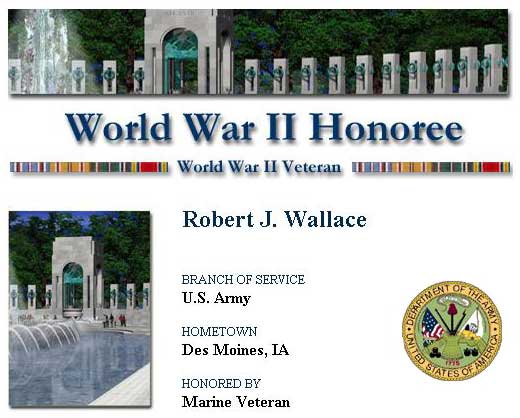 |
|||||||||||||||||||||||||||||||||||||||||||||||||||||||||||||||||||||||||||||||||||||||||||||||||||||||||||||||||
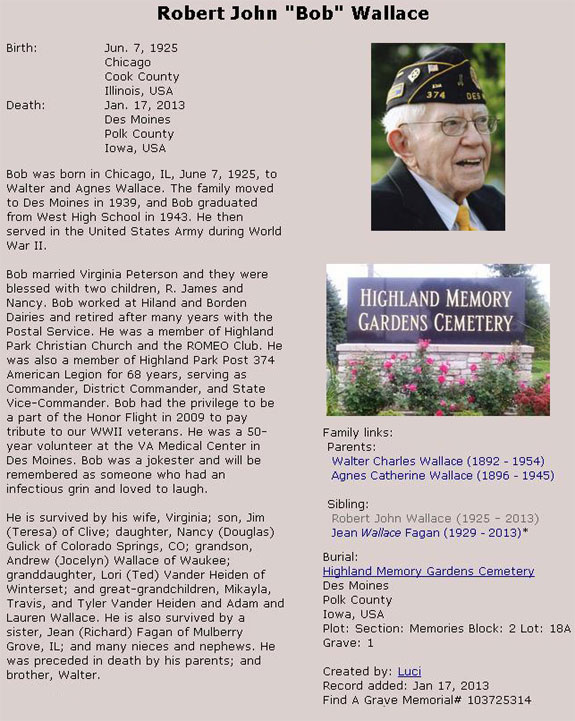 |
|||||||||||||||||||||||||||||||||||||||||||||||||||||||||||||||||||||||||||||||||||||||||||||||||||||||||||||||||
|
|||||||||||||||||||||||||||||||||||||||||||||||||||||||||||||||||||||||||||||||||||||||||||||||||||||||||||||||||
|
|||||||||||||||||||||||||||||||||||||||||||||||||||||||||||||||||||||||||||||||||||||||||||||||||||||||||||||||||
| 08/25/10. Lives in Johnston, IA. Died 01/17/13. | |||||||||||||||||||||||||||||||||||||||||||||||||||||||||||||||||||||||||||||||||||||||||||||||||||||||||||||||||
| Music: "Wind Beneath My Wings" | |||||||||||||||||||||||||||||||||||||||||||||||||||||||||||||||||||||||||||||||||||||||||||||||||||||||||||||||||
| Home
|
Back/allyears |
WWI |
WWII |
Korea |
Vietnam |
Afghanistan/Iraq |
Lyrics
|
Refs/Awards |
Contact ©2025-csheddgraphics All rights reserved. All images and content are © copyright of their respective copyright owners. |
|||||||||||||||||||||||||||||||||||||||||||||||||||||||||||||||||||||||||||||||||||||||||||||||||||||||||||||||||
